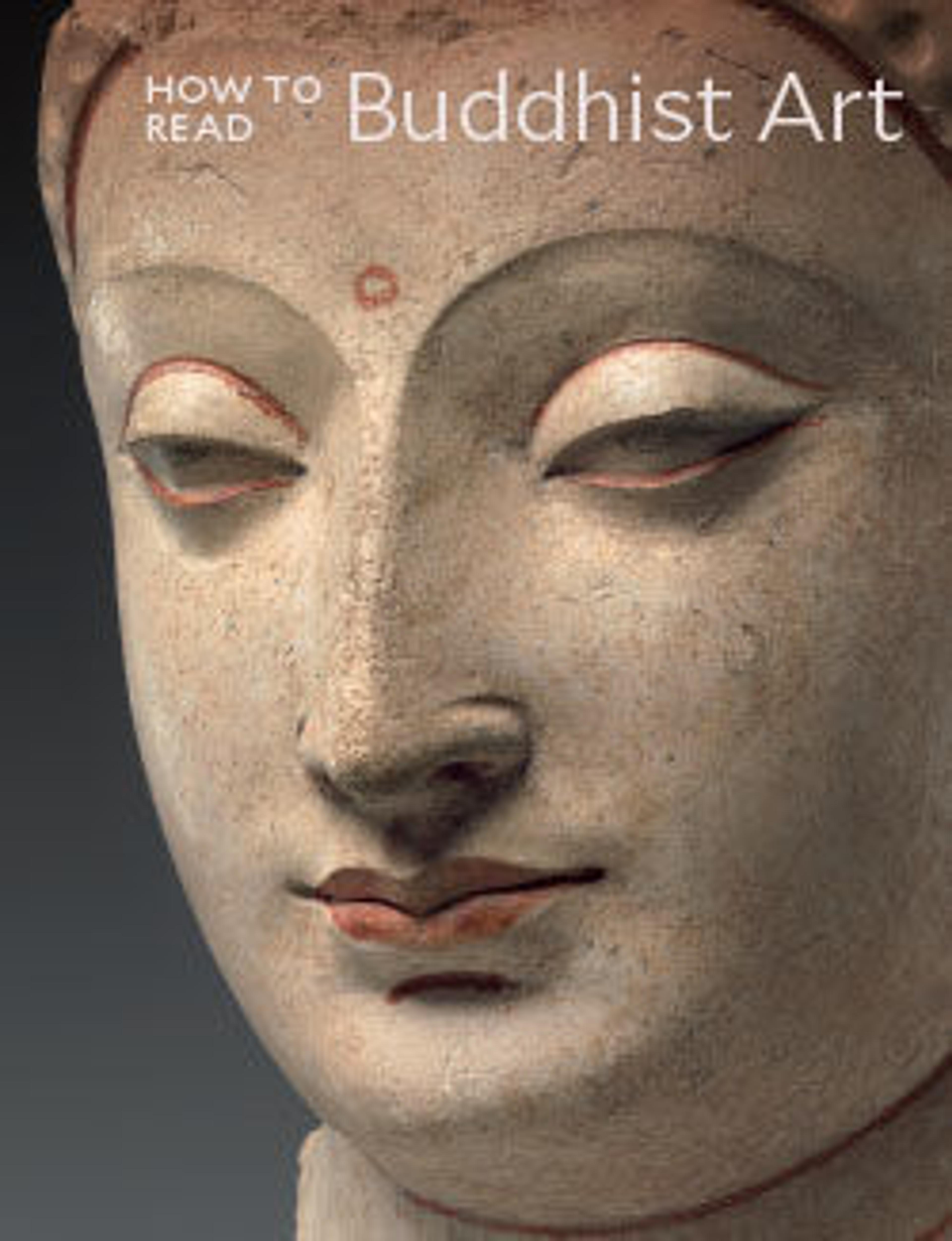Buddha with radiate halo and mandorla
This portable shrine from the northern branch of the Central Asian Silk Road was probably the centerpiece of a three-part traveling shrine—a small triptych with doors. Two donors on the base venerate what appears to be a pot overflowing with vegetation. Such shrines for personal devotion traveled with merchants and pilgrims. While the Buddha, especially his hairstyle, can be related to Chinese imagery, the overall presentation of the figure and the combined halo and mandorla show connections to the Afghan and Gandharan visual tradition (see 48.66a, b).
Artwork Details
- 5—6 世紀 彩繪塗金木雕佛像
- Title:Buddha with radiate halo and mandorla
- Date:5th–6th century
- Culture:China (Xinjiang Autonomous Region, Turfan area)
- Medium:Juniper wood with traces of color and gold
- Dimensions:H. 14 1/4 x W. 5 1/2 x D. 2 5/8 in. (36.2 x 14 x 6.7 cm)
- Classification:Sculpture
- Credit Line:Fletcher Fund, 1929
- Object Number:29.19
- Curatorial Department: Asian Art
More Artwork
Research Resources
The Met provides unparalleled resources for research and welcomes an international community of students and scholars. The Met's Open Access API is where creators and researchers can connect to the The Met collection. Open Access data and public domain images are available for unrestricted commercial and noncommercial use without permission or fee.
To request images under copyright and other restrictions, please use this Image Request form.
Feedback
We continue to research and examine historical and cultural context for objects in The Met collection. If you have comments or questions about this object record, please contact us using the form below. The Museum looks forward to receiving your comments.
